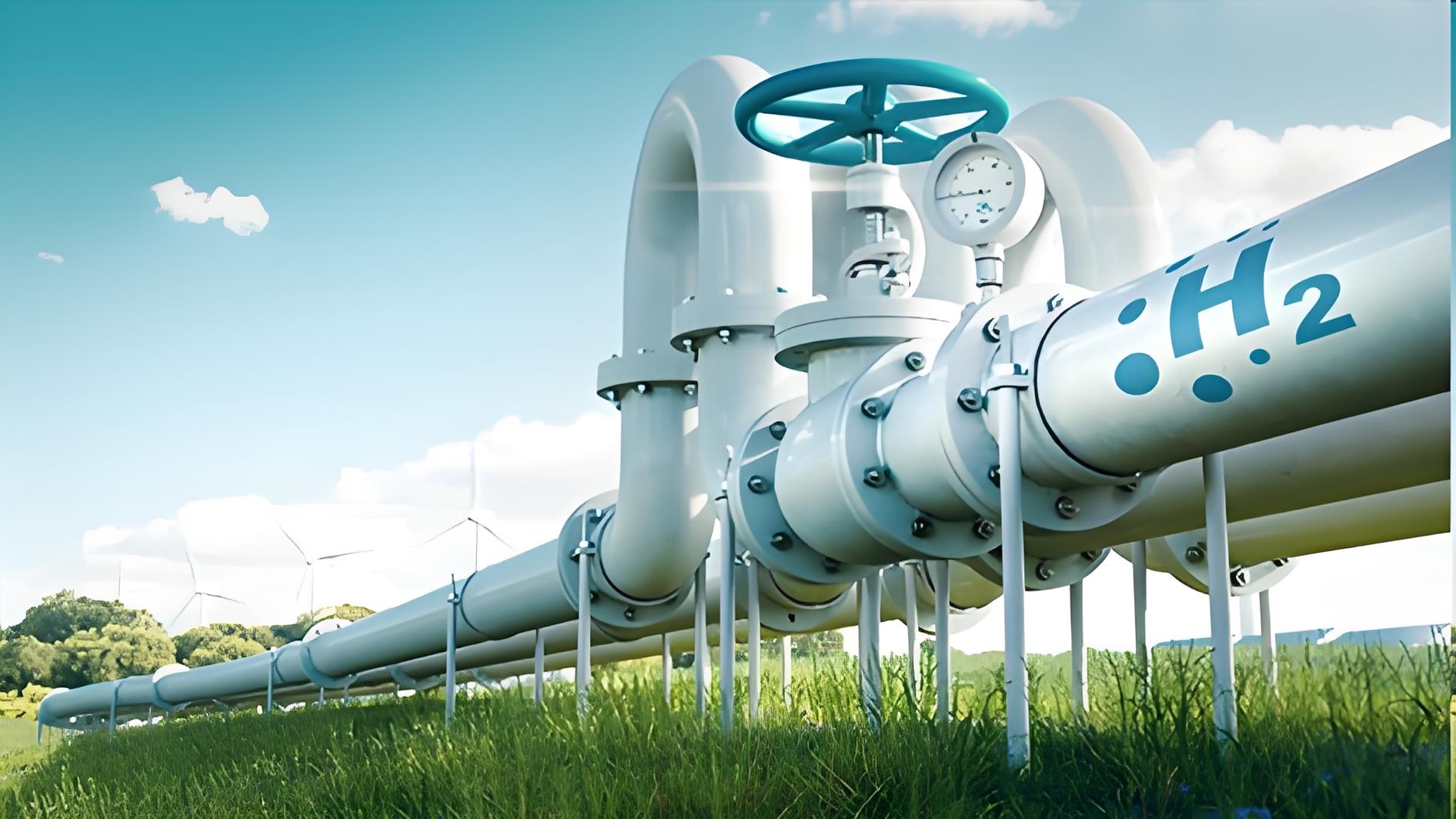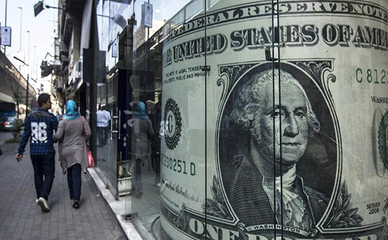
In the north of the world, the Baltic Sea is like a bright sapphire, inlaid on the edge of the European continent. Today, around this beautiful sea area, the six countries are working together to build a 2,500km hydrogen energy corridor, writing a magnificent chapter for the sustainable development of the earth.
Lithuania's "Business Daily" recently reported that the Lithuanian Ministry of Energy said on the same day that by 2040, the Baltic Sea coastal countries of Finland, Estonia, Latvia, Lithuania, Poland and Germany and other six countries will be connected through this green hydrogen energy corridor. According to the preliminary feasibility study completed by the operators of the Nordic and Baltic gas transmission system on the 9th, the Nordic-Baltic hydrogen corridor can transport 2.7 million tons of hydrogen fuel per year. The corridor will be one of the first operational cross-border hydrogen projects in Europe and is expected to reduce CO2 emissions by 37 million tonnes per year by 2050.
The 2,500km hydrogen energy corridor is like a green link, closely linking the six countries together. It will not only promote economic cooperation among countries, but also inject strong impetus into sustainable development of the whole region. Along this corridor, hydrogen energy production sites are springing up. The Nordic countries can make full use of excess hydro and wind power to produce hydrogen through hydroelectrolysis, transforming their abundant natural resources into clean energy.
In the transportation sector, advanced pipeline and ship transportation technology will ensure that hydrogen can be safely and efficiently delivered to the various points of demand. The network of pipes is like the body's blood vessels, carrying hydrogen to cities, factories and homes. Specially designed hydrogen energy ships shuttle through the waves of the Baltic Sea, providing a reliable guarantee of energy supply in coastal areas.
"Hydrogen is at the heart of the entire green energy transition, without which decarbonisation of the industrial and transport sectors is unthinkable," said Danius Krevis, Lithuania's energy minister. He also said that Lithuania is estimated to be one of the leaders in the production and export of green hydrogen in the Baltic Sea region by 2050, and the planned corridor is a key measure to achieve this goal.
The S&P Global website said on the 9th that the Nordic-Baltic Hydrogen Corridor is part of the European hydrogen backbone network. The European Hydrogen Backbone plans to build a network of 28,000 km of dedicated hydrogen pipelines by 2030, extending to a total of 53,000 km in 28 European countries by 2040. The initiative is supported by 31 energy infrastructure operators. Germany is expected to require significant imports of hydrogen to meet expected demand.
The Nordic-Baltic Hydrogen Corridor project partners signed a cooperation agreement in December 2022. In April 2023, the European Commission granted the project project status of common interest, enabling it to access EU funding and speed up approvals. According to the report, when the project is completed, it will help to improve the diversity of supply sources and enhance the energy security of the Baltic Sea region and Europe.
In this hydrogen energy corridor, one can see a promising future. The sky in the city is bluer and the air is fresher; Factory chimneys no longer emit black smoke, but clean hydrogen; Cars speed along the road without a trace of exhaust pollution. Children are playing in the park, enjoying the beauty of nature; Old people walk along the beach, feeling the peace of the years. The hydrogen energy corridor in the six Baltic countries is a brave exploration of sustainable development and a firm commitment to a better life in the future. It will serve as a model for the global energy transition, bringing new hope for green and clean Earth. Let us look forward to the completion of this hydrogen energy corridor and embrace a better future together.

According to Bloomberg, a recent in-depth interview with Michael Dehal, senior portfolio manager at Raymond James' Dehal Investment Partnership, was released, focusing on the economic development prospects and potential risks of Canada and the United States in 2026.
According to Bloomberg, a recent in-depth interview with Mi…
TikTok Shop, the global e-commerce platform under ByteDance…
As a severe flu outbreak sweeps across the United States, w…
Recently, US Treasury Secretary Mnuchin publicly stated tha…
At the dawn of 2026, the United States launched a military …
From the stiff step when it first debuted in 2022 to demons…